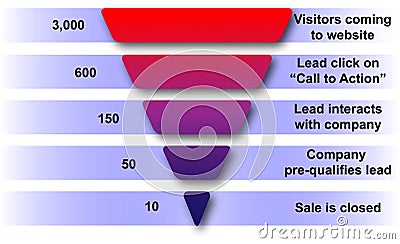How to turn a company blog into a content-marketing machine

“We just don’t have the resources to devote to that kind of a publishing schedule,” a lot of technology folks will say. Understandably. We hear you. It’s a challenge. There’s another way to think about the problem, however, than strictly as a labor-intensive issue. And the upside is too good to dismiss out of hand, according to the observations of Jason Keath, a veteran reporter, editor and long-time social-media educator whose experience ranges from obscure start-ups to big names — think Nordstrom, Radio Shack, Pepsi and Ford.
Aside from intimate knowledge of what it is that turns on your customers/audience the most, there are three basic elements to transforming your blog into a killer content-marketing machine: contributors, content and editing:
2. Make it simple: suggest the subject matter or request that they come up with something they already care about and give them a clear deadline. Get a firm commitment. And make your editorial guidelines simple — no more than one page. Spell out the most important things they need to know and point to your blog-post examples as models to emulate. Create an easy process based on editorial flow happening on your intranet, via email, or through your blog software. Include this in your guidelines and make sure its understandable.
Have you made more frequent blogging a new year’s resolution? If so, how do you intend to keep it? What are your editorial plans in 2012?









